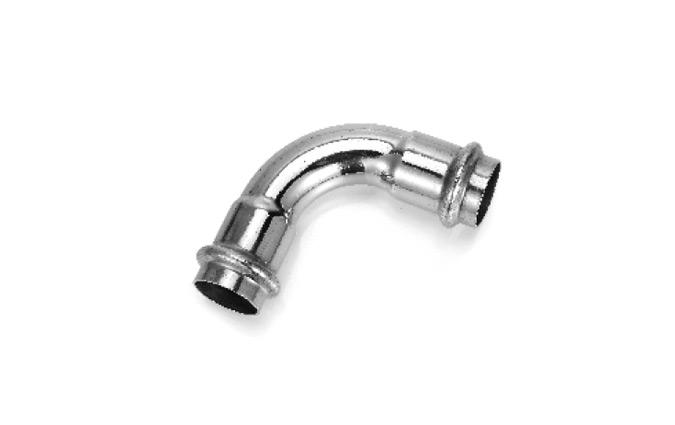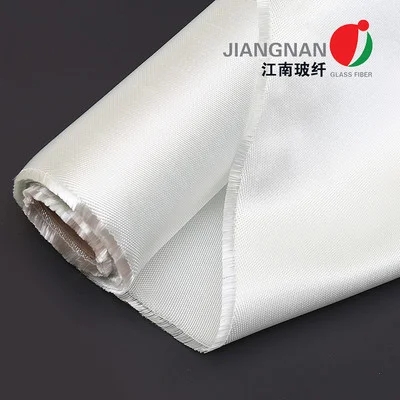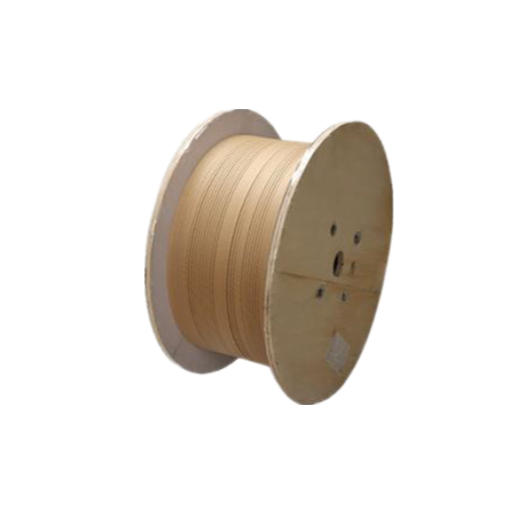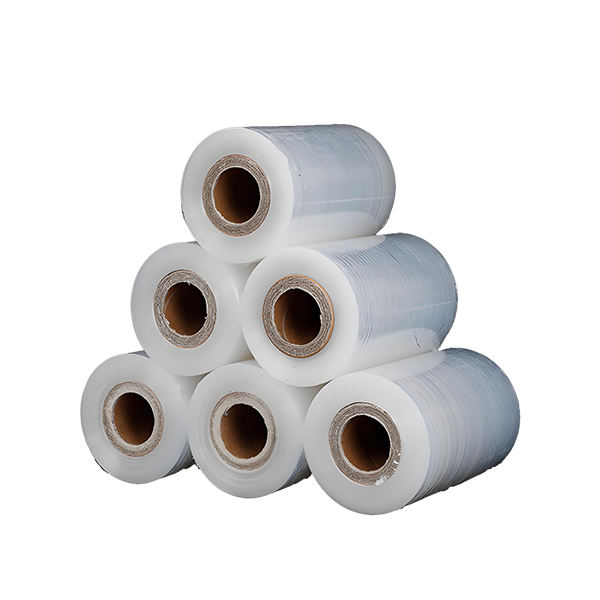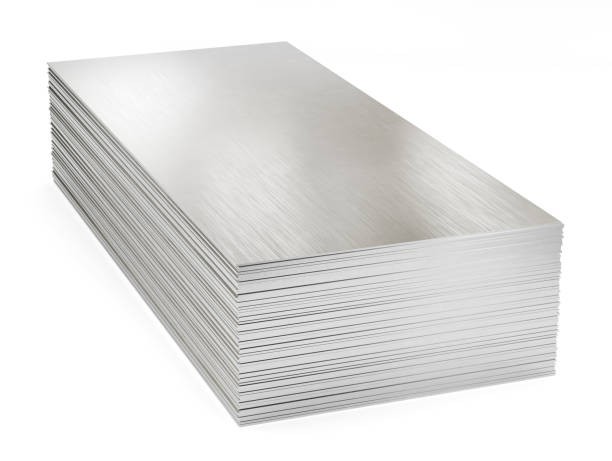In an era where energy efficiency and thermal management are paramount, the choice of insulating materials plays a crucial role in various industries, from construction to aerospace. One of the most pressing questions in this domain is: Which type of insulating material is most heat resistant? This article delves into the intricacies of heat-resistant insulating materials, exploring their properties, applications, and the science behind their effectiveness.
Understanding Heat Resistance in Insulating Materials
Heat resistance refers to a material's ability to withstand high temperatures without degrading or losing its insulating properties. This characteristic is vital in applications where thermal stability is essential, such as in industrial furnaces, aerospace components, and even in residential buildings. The effectiveness of an insulating material is often quantified by its thermal conductivity, specific heat capacity, and maximum service temperature.
Categories of Heat-Resistant Insulating Materials
- Ceramic Insulation
- Properties: Ceramic materials, such as alumina and zirconia, exhibit exceptional heat resistance, often withstanding temperatures exceeding 1,600°C (2,912°F). Their low thermal conductivity makes them ideal for high-temperature applications.
- Applications: Commonly used in kilns, furnaces, and aerospace components, ceramics are favored for their durability and thermal stability.
- Fiberglass Insulation
- Properties: Fiberglass can withstand temperatures up to 540°C (1,000°F). It is composed of fine glass fibers, which provide excellent thermal insulation while being lightweight.
- Applications: Widely used in residential and commercial buildings, as well as in automotive and aerospace industries, fiberglass is a versatile choice for thermal insulation.
- Mineral Wool (Rock Wool)
- Properties: Mineral wool can endure temperatures up to 1,000°C (1,832°F) and is known for its fire-resistant properties. It is made from natural or synthetic minerals and has a high melting point.
- Applications: This material is commonly used in industrial insulation, fireproofing, and soundproofing applications, making it a multifaceted choice.
- Aerogel
- Properties: Aerogel is one of the lightest solid materials known and can withstand temperatures up to 1,200°C (2,192°F). Its unique structure gives it an extremely low thermal conductivity, making it an excellent insulator.
- Applications: Used in space missions, oil and gas industries, and advanced building materials, aerogel is a cutting-edge solution for thermal insulation.
- Polyimide Foam
- Properties: Polyimide foam can resist temperatures up to 300°C (572°F) while maintaining its structural integrity. It is lightweight and has excellent thermal stability.
- Applications: This material is often used in aerospace applications, including insulation for aircraft and spacecraft, due to its high-performance characteristics.
Comparative Analysis of Heat-Resistant Insulating Materials
When evaluating which insulating material is the most heat resistant, it is essential to consider not only the maximum temperature it can withstand but also its thermal conductivity and application suitability. For instance, while ceramics can handle the highest temperatures, their brittleness may limit their use in certain applications. Conversely, materials like fiberglass and mineral wool offer a balance of heat resistance and flexibility, making them suitable for a broader range of applications.
Conclusion: Choosing the Right Insulating Material
The choice of the most heat-resistant insulating material ultimately depends on the specific requirements of the application, including temperature range, mechanical properties, and environmental conditions. For extreme high-temperature applications, ceramics and aerogels stand out as top contenders. However, for general insulation needs in construction and manufacturing, fiberglass and mineral wool provide excellent performance with added benefits of cost-effectiveness and ease of installation.

